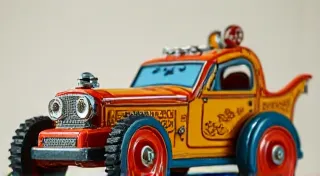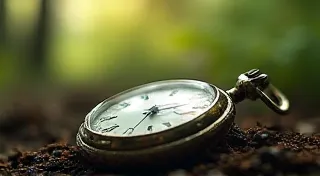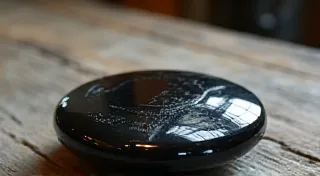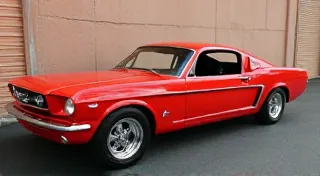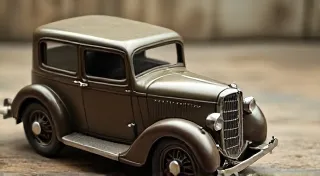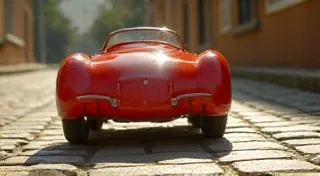The Value of Vintage Pressed Steel Toy Cars
For enthusiasts of vintage toy cars, understanding the factors that influence value is crucial. While every rusty fender and faded paint job tells a story, those stories also dictate a car’s worth in the collector’s market. This article focuses on pressed steel toy cars – a significant portion of the vintage toy car landscape – and explores the core elements that determine their value. From condition and rarity to desirability and historical significance, we’ll unpack the nuances that can turn a common find into a prized possession.
What are Pressed Steel Toy Cars?
Pressed steel toy cars flourished primarily between the 1920s and 1960s. The rise of affordable steel production and advances in manufacturing techniques made pressed steel a popular material for toys. These cars, unlike their cast iron or tinplate predecessors, were generally lighter, more durable, and often featured more intricate designs. Manufacturers like Marx, Buddy L, and Tonka dominated the pressed steel toy car market, producing a wide range of models based on real cars, trucks, and even fictional vehicles.
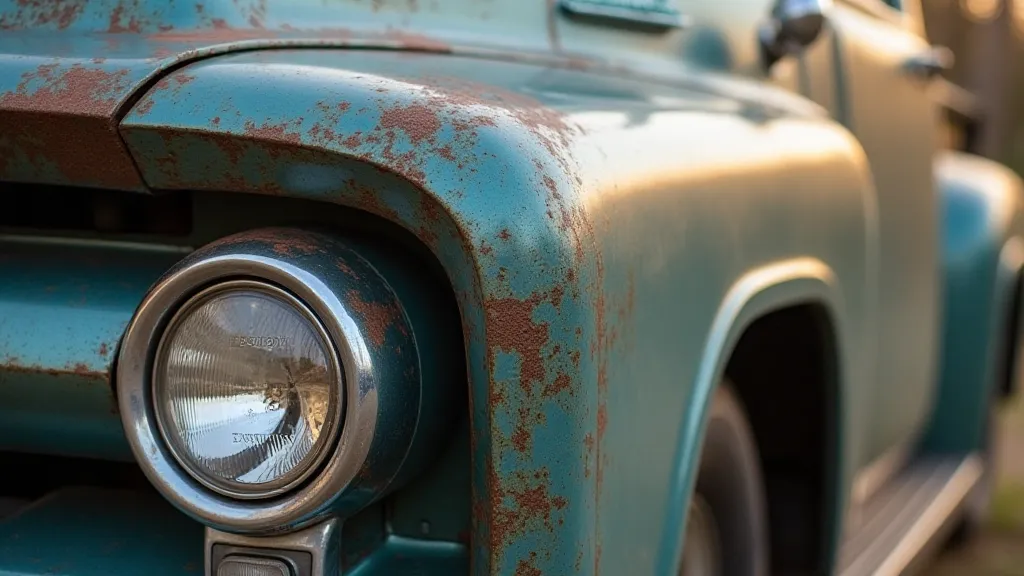
The Four Pillars of Value: Condition, Rarity, Desirability, and History
Determining the value of any vintage collectible requires a comprehensive assessment. For pressed steel toy cars, this boils down to four key areas:
Condition: The Most Significant Factor
Condition is almost universally the most important factor in assessing value. Just as with classic cars, the “better” the condition, the higher the price. However, the type of wear and tear matters too. The allure of vintage toy cars often stems from a sense of nostalgia, and understanding how condition impacts that feeling is key to appreciating their value. While some collectors appreciate the patina of age, most prioritize cars in superior condition.
Original paint is highly prized. Repainted cars, even well-done ones, usually fetch lower prices. Similarly, original tires are far more desirable than replacements. The process of restoring vintage toy cars can be rewarding, but it's crucial to understand how it impacts value. A professionally restored car might command a higher price than a heavily restored one, but a full restoration often diminishes the value significantly if not documented meticulously. The careful preservation and restoration of these miniatures reflects a broader interest in objects that tell stories about times gone by; one might even see parallels with how collectors view precious artifacts – a fascinating reflection of societal shifts through miniature automobilia, as explored in The Obsidian Mirror: Reflecting Societal Shifts Through Miniature Automobilia.
Rarity: The Scarcity Factor
Rarity plays a crucial role. Was the car produced in limited numbers? Was it a short-run model discontinued quickly? Was it a regional exclusive? The fewer examples of a particular car that exist, the higher its potential value. The stories behind rare vehicles are often as captivating as the cars themselves. They represent a snapshot in time, a testament to the manufacturing practices and consumer preferences of a bygone era.
Some cars were simply experimental models that never reached full production. Others were produced for a very short time due to design changes or shifting market trends. Information on production numbers is often difficult to come by, making rarity a challenge to ascertain. Collector forums and specialized reference books are valuable resources for researching a car’s scarcity.
Desirability: What Collectors Want
Desirability is a more subjective factor. What makes one car more appealing to collectors than another? It can be influenced by several things:
Trends in collectibility also change over time. A car that was overlooked for decades may suddenly become highly sought after due to a renewed interest in a particular era or model. The constant evolution of collector tastes reflects a dynamic market; similar shifts in appreciation can be observed in other collectible areas, reflecting broader cultural changes.
Historical Significance: A Story to Tell
The historical context surrounding a car can also impact its value. A car that represents a significant moment in automotive history, or that was associated with a notable person or event, can be more desirable to collectors. For example, a pressed steel fire truck from the 1950s might hold greater significance for collectors interested in post-war American culture. Examining these pieces as historical artifacts invites one to consider not only their monetary value, but their ability to transport us to another time.
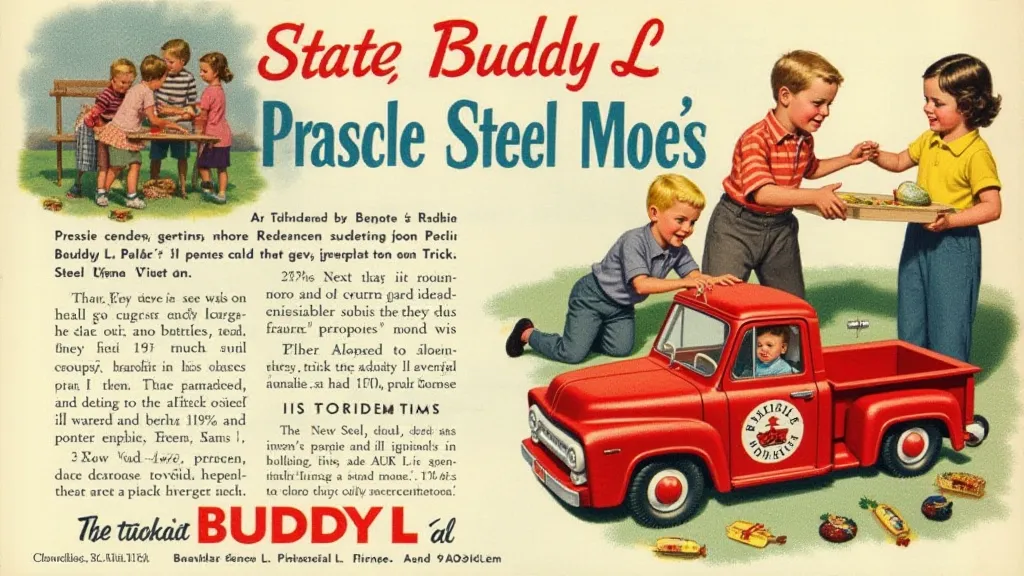
Specific Models and Their Value Ranges (as of late 04/2024 – subject to market fluctuations)
Providing specific value ranges is difficult, as the market is dynamic and constantly shifting. However, here’s a general guideline based on recent auction results and online sales:
The Impact of Condition and Originality
Beyond rarity, the condition of a pressed steel toy car is paramount. Original paint, complete accessories (mirrors, tires, decals), and a fully functional wind-up mechanism (where applicable) significantly boost value. Repairs, repaints, or missing parts detract from the car's desirability. The pursuit of originality often drives collector behavior, similar to how restorers approach vintage automobiles – striving to preserve the essence of an era.
Online Marketplaces and Auction Trends
The rise of online marketplaces like eBay and specialized auction sites has dramatically changed the landscape of vintage toy car collecting. These platforms provide unprecedented access to a global network of buyers and sellers, leading to increased competition and often higher prices for desirable models. However, they also present challenges, such as the risk of misrepresentation or fraud. Careful research and due diligence are essential when participating in online auctions.
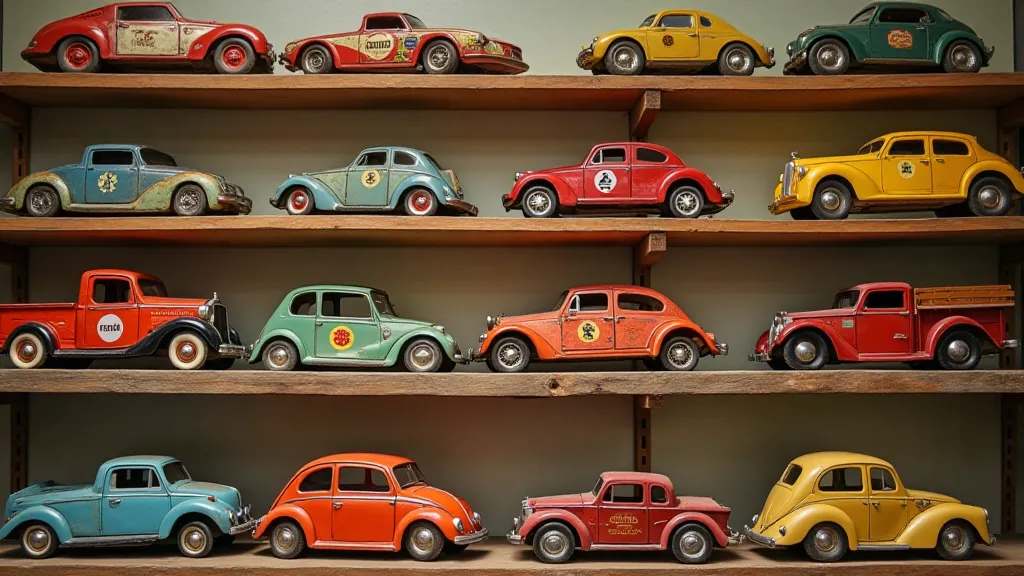
Conclusion
Collecting vintage pressed steel toy cars is more than just acquiring objects; it's about preserving history and cherishing memories. Understanding the factors that influence their value—condition, rarity, and desirability—is essential for both collectors and sellers. The enduring appeal of these miniature representations of automotive design is a testament to their historical significance and cultural impact. With careful research and a passion for these automotive relics, you can embark on a rewarding journey through time and enjoy the enduring appeal of these iconic toys.
